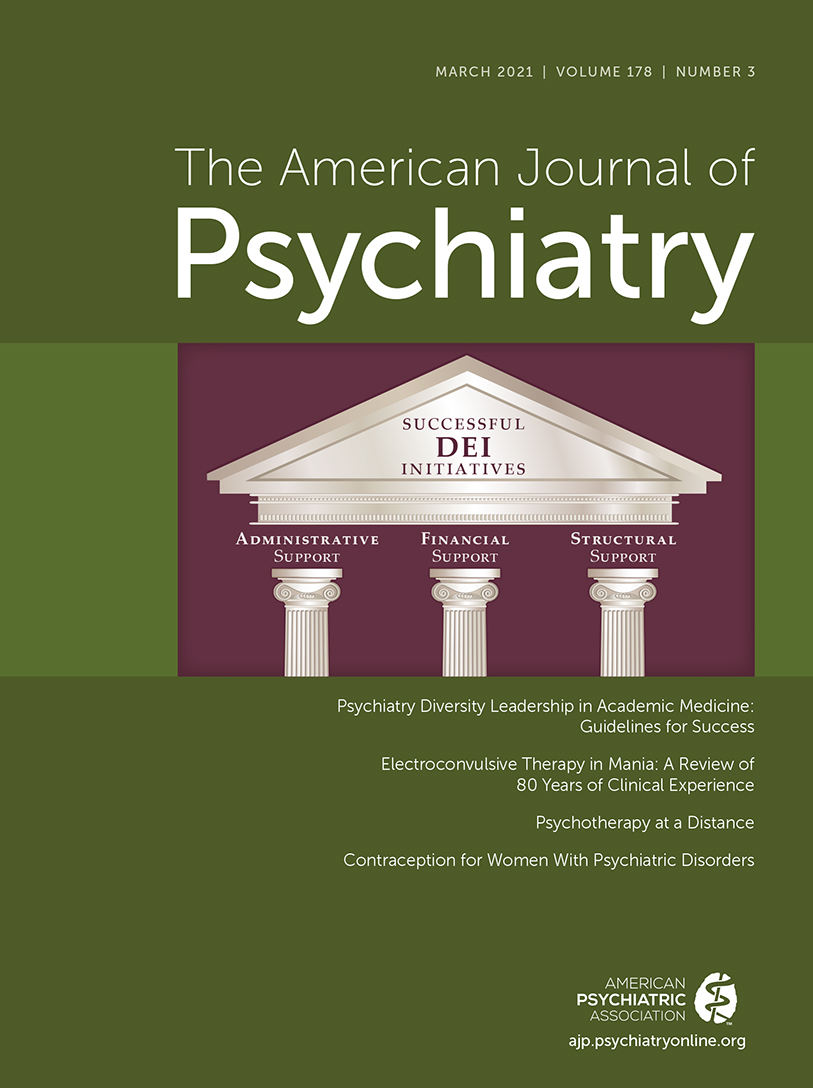Psychotherapy at a Distance
Abstract
The 2020 COVID-19 pandemic has abruptly overwhelmed normal life. Beyond the fear and fatality of the virus itself comes a likely wave of psychiatric disorders. Simultaneously, social distancing has changed overnight how psychiatrists and other mental health professionals must treat patients. Telepsychotherapy, until now a promising but niche treatment, has suddenly become treatment as usual. This article briefly reviews the limited clinical evidence supporting different modes of telepsychotherapy, then focuses on how remote therapy affects clinicians and their patients.



